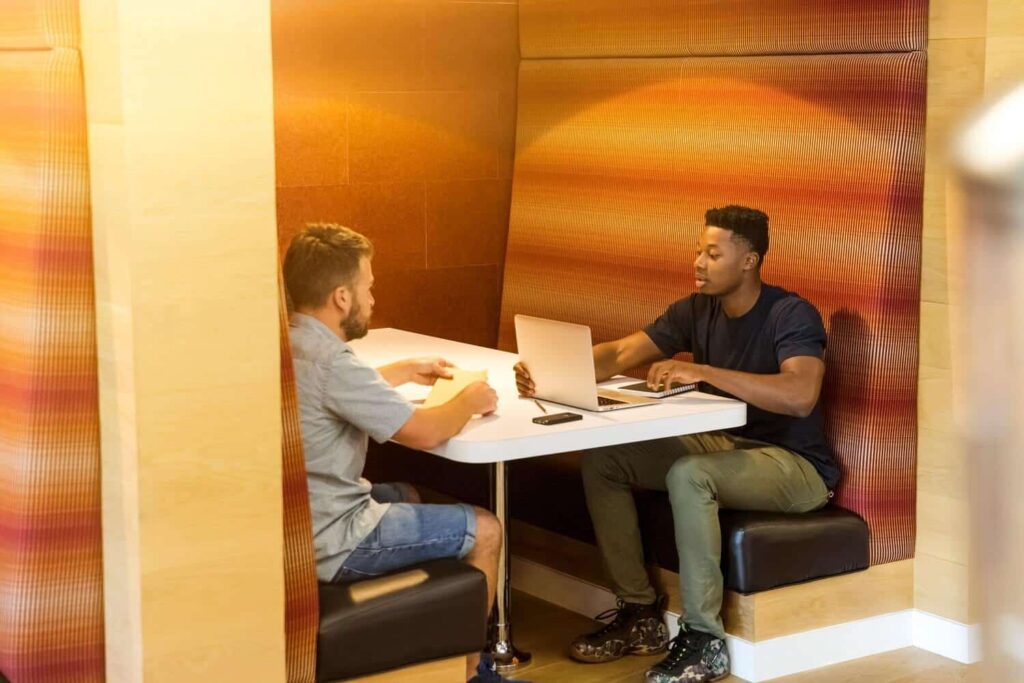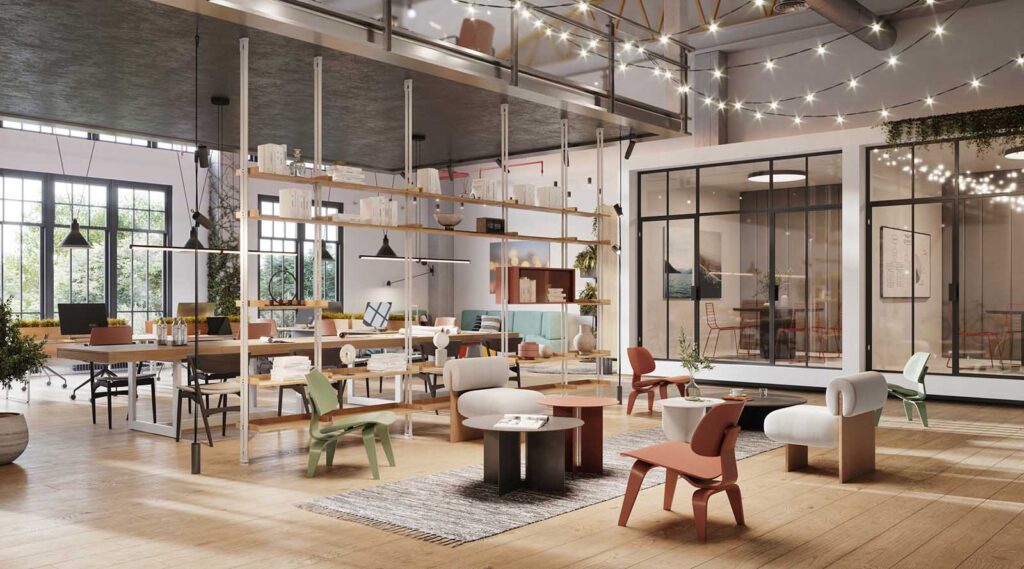How to Design an Office for Both Privacy and Collaboration
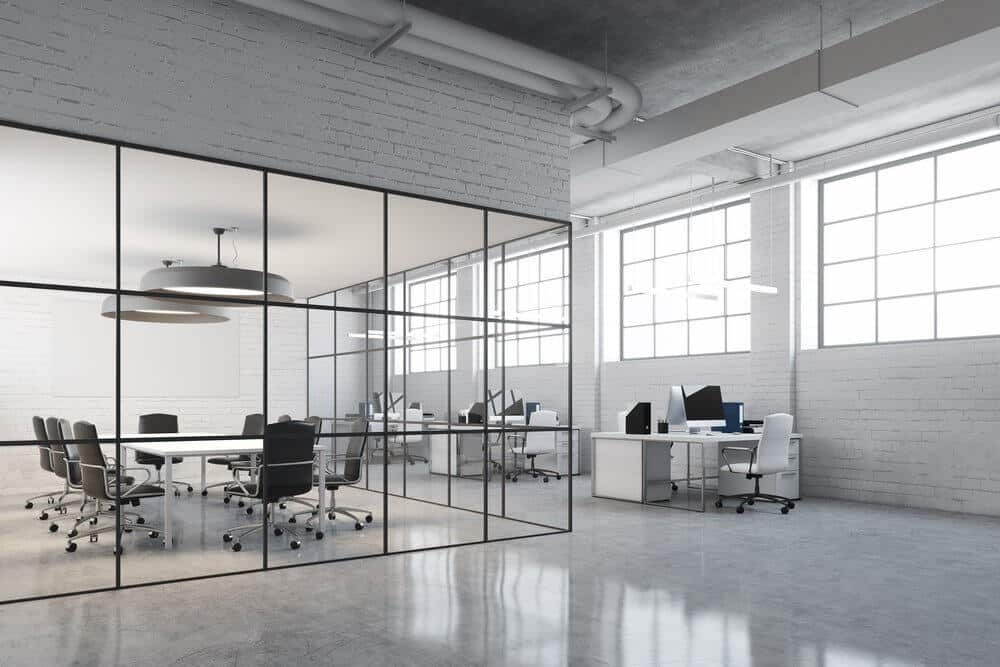
Different personality types expect and require different things from an office. Extroverted employees may prefer an open layout where the hustle and bustle of everyday office life motivates and excites them. Employees who are introverted in nature may favor a more siloed office, however, where they have the personal space and silence needed to attend to their work without distraction.
Even taking employee personality types out of the equation, the nature of a company’s work will typically require workspaces that are conducive to both privacy and collaboration. For instance, certain tasks or assignments may require team members to get work done in silence—or involve documents that are highly confidential—and therefore create a need for privacy. Other situations, however, will require multiple employees from a range of departments to come together in one space to contribute to a project’s success.
The challenge many facility managers face is to design and organize an office that allows for both privacy and collaboration? The perfect balance is hard to find, but there are steps you can take to ensure you are using a space to its fullest potential.
Focus on function
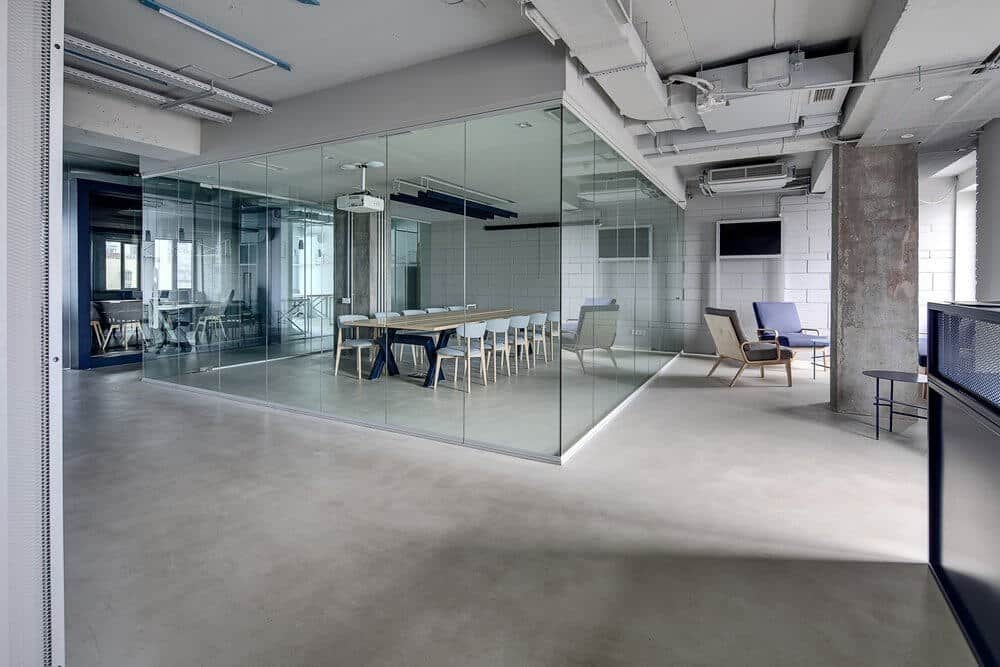
An open environment and close physical proximity doesn’t appear to result in the number of creative interactions once thought. Instead, research now suggests that the focus of shared spaces should be on “functional centrality,” meaning a focus on the shared resources available in the space, rather than the position of one employee in relation to another.
Design spaces with function in mind, and it will naturally foster healthy social interactions. A clean, well-stocked kitchen will let people relax and socialize during breaks. A printer and photocopier area will let different people from different areas or departments mingle over a shared machine. In short, shared physical spaces will not be particularly useful to anyone if they aren’t designed with function in mind.
Provide quiet spaces
Some tasks require silence, and some workers simply prefer a little solitude. While open-concept offices can encourage easy collaboration, it can also prove distracting and therefore decrease productivity. In order to provide employees with a little respite, a quiet corner or open room should be walled off as a “quiet area”. These areas can still hold multiple employees at one time, but they should to be used with the understanding that this is a place to focus without interruptions. Quiet areas can even be operated through desk booking software, ensuring that those who need such a space will know what options are available, and be able to reserve a space ahead of time.
In instances where these rooms are full, or perhaps when an employee simply needs a change of scenery, it is helpful to have systems in place to allow employees to work off-site. Enabling employees to work from home or from a remote location like a cafe is a great way to provide an additional “quiet space”—as well as a little breathing room when they need a break from the chaos of the office.
Prioritize shared spaces
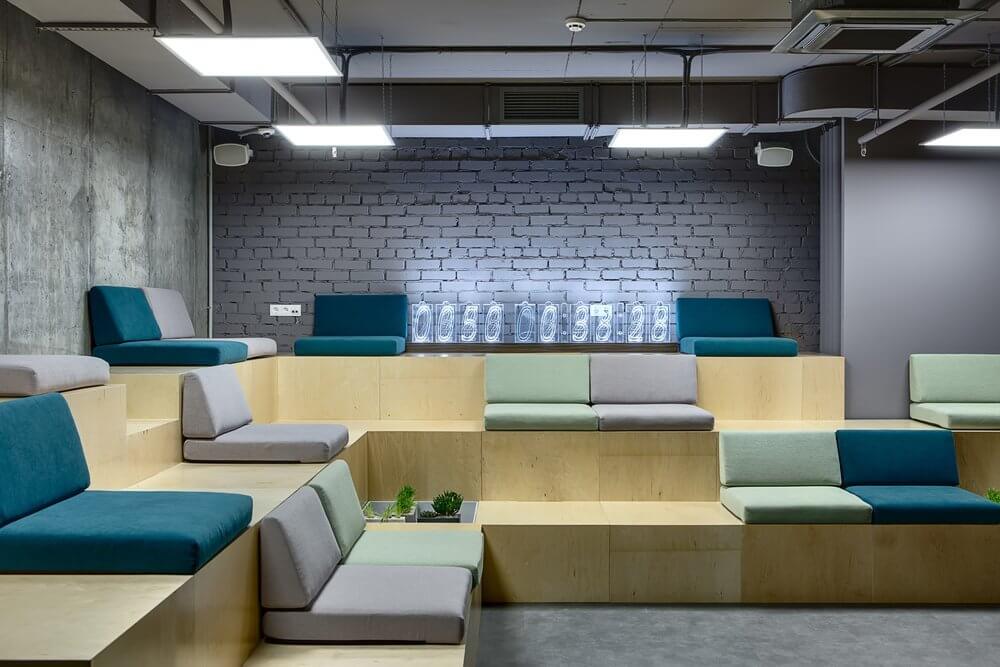
Just as it is important to provide quiet zones, it is critical to designate areas where noise is acceptable. Some projects require employees to work alone and in silence, but others benefit from team members coming together to voice their opinions and suggestions, and to audibly brainstorm a problem or project. In these cases, it can be counterproductive to converse via email or various chat apps, and equally frustrating to meet in tight corners and speak in hushed voices. As such, offices need to include rooms or areas where employees can easily and effectively collaborate. This might mean investing in soundproof booths or designating an entire floor of the office as a collaborative space.
How you organize your space will affect the quality and quantity of work your employees produce, as well as the social interactions they have. Creating a dynamic, flexible and collaborative environment can unite your company and solidify your teams. Make sure your space suits employees’ needs and they will always be able to perform efficiently, no matter what the day throws at them.
If you’re a smaller company, make sure you check out these office design ideas.
Photo Credits: Shutterstock / ImageFlow, Shutterstock / bezikus, Shutterstock / bezikus


